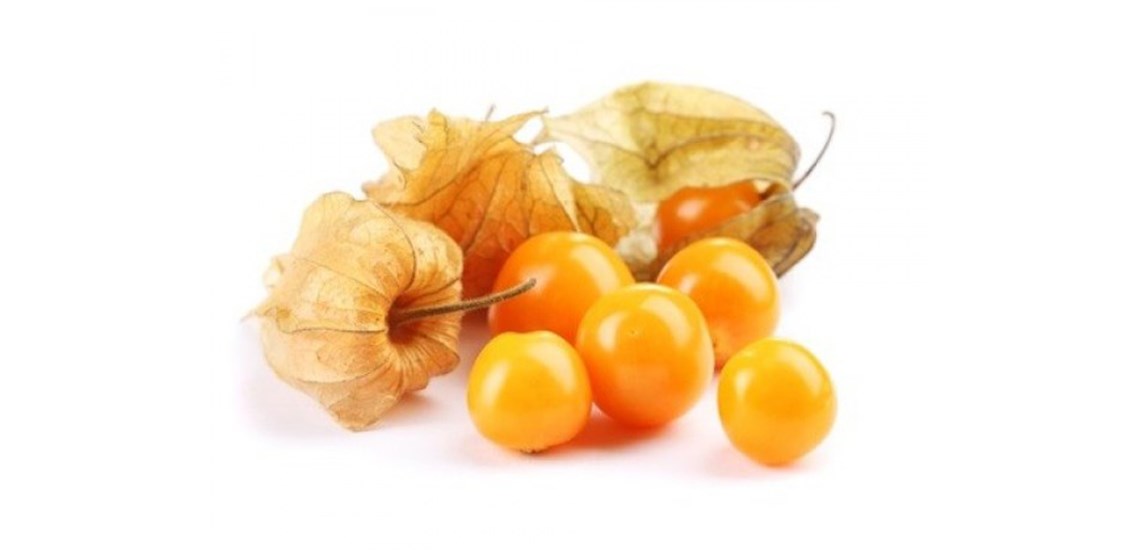Gooseberries

-
Gooseberry grows in the form of shrub.
Fruit of gooseberry is small berry. It can be roundish, pear-shaped, elongated or oval. -
Color of the fruit depends on the variety. It can be yellow, green, white, red, purple, or nearly black-colored.
-
Gooseberries are also known as "fayberries" because of the ancient belief that fairies used bushes of gooseberry to hide from danger.
-
Gooseberries are low in calories; 100 g of fresh berries hold just 44 calories.
-
They moderately good in anti-oxidant values.
-
The berries are an excellent source of vitamin-C. 100 g of fresh berries provide 46% of daily-recommended intake values of vitamin C.
-
They carry a small amount of vitamin-A. 100 g berries have 10% of RDA of this vitamin.
-
Fresh berries contain small amounts of essential vitamins such as pyridoxine (vitamin B-6), pantothenic acid (vitamin B-5), folates, and thiamin (vitamin B-1). Some of these vitamins are essential in the sense that the body requires them for metabolism from external sources to replenish.
-
Gooseberries contain moderate levels of minerals such as copper, calcium, phosphorus, manganese, magnesium, and potassium.
-
Gooseberries have a sweet, slightly tart taste.
-
These berries can be consumed raw or as ingredient of muffins, pies, fruit salads and ice-creams.
-
Gooseberries are often used for the preparation of jellies and jams.